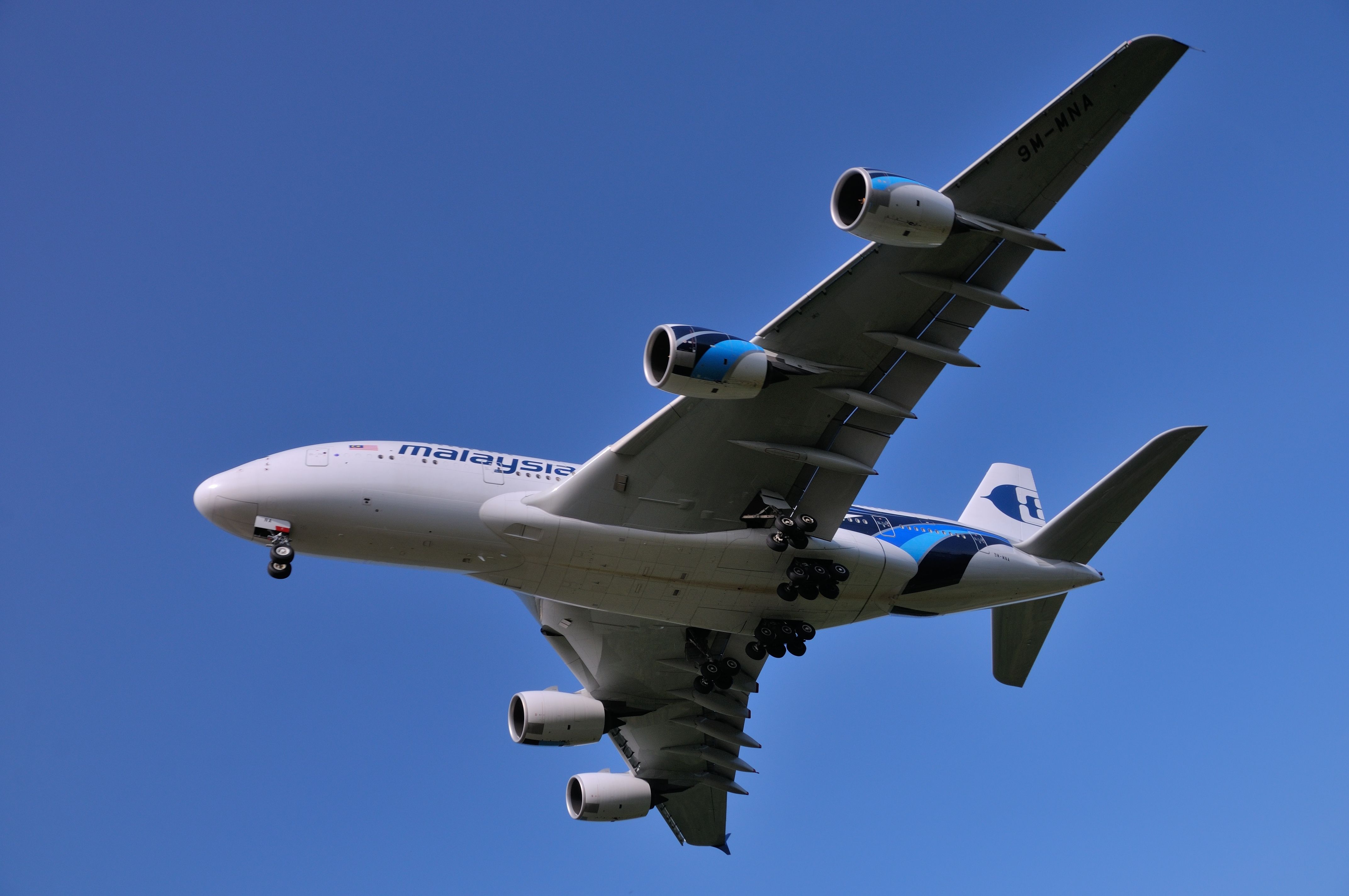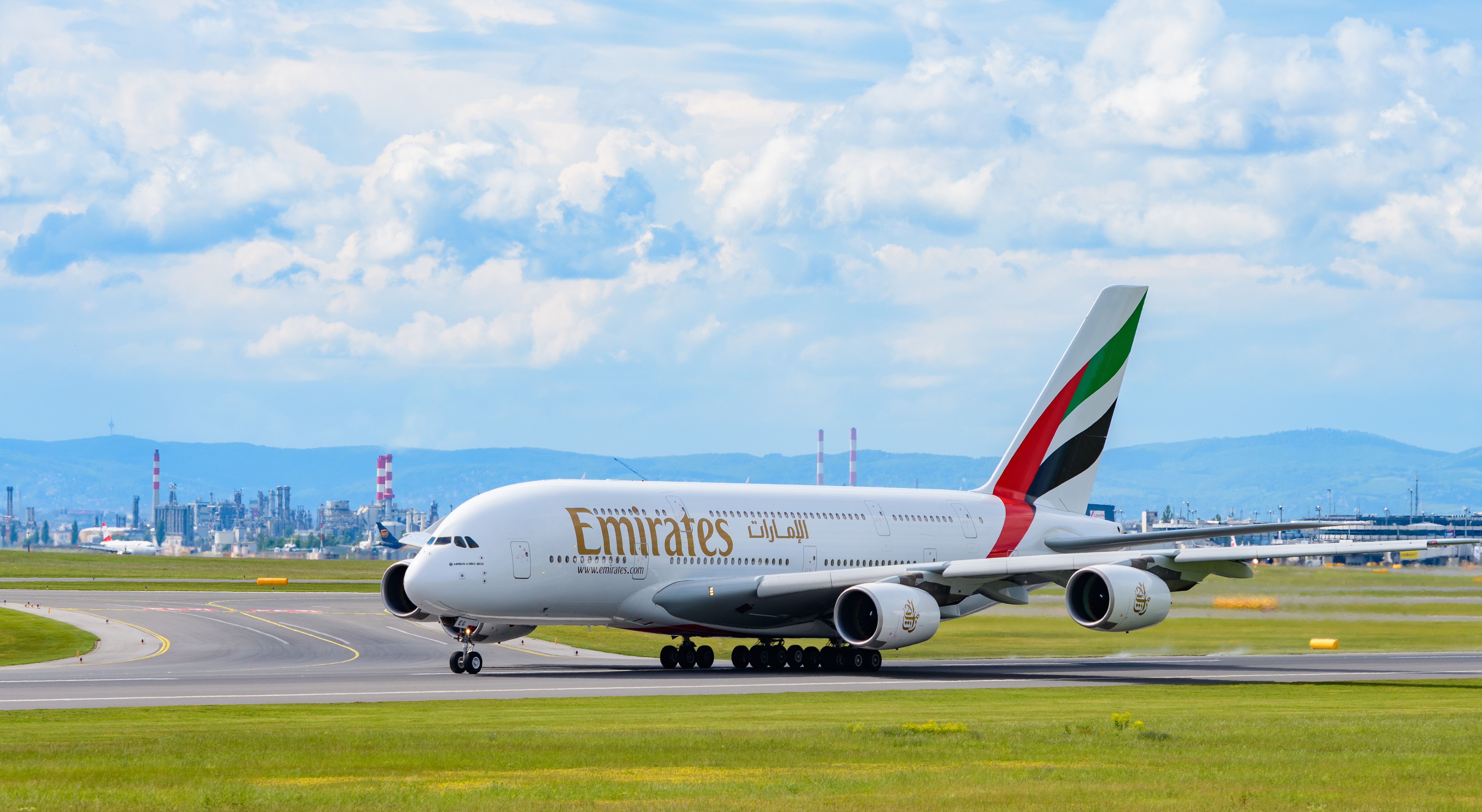The Airbus A380 is the world's biggest commercial passenger aircraft, seating on average 555 passengers in three different classes and a maximum certified capacity of 853 in an all-economy configuration. But Airbus was not satisfied with this capacity and drew up plans for an A380 stretch theoretically capable of carrying over 1,000 passengers. Let us explore what could have been...
What was the Airbus A380 stretch?
After the A380 was released to the market in 2000, Airbus proposed an A380-200 stretch that would bump the seats from 555 to 656 in a three-class layout.
But then, in 2007, Airbus proposed a further extension of the A380-800 (dubbed the -900) that would include 650 seats in a three-class format and up to 900 in an all-economy configuration.
Several airlines jumped to express interest, including:
- Emirates, who would go on to operate the largest A380 fleet in the world.
- Virgin Atlantic
- Cathay Pacific
- Air France
- KLM
- Lufthansa
- Kingfisher Airlines
- Several air leasing companies
Airbus, unfortunately, had to park these proposed orders until they could deliver on the original A380-800 variant.
With the launch of the NEO program for the A320, Airbus returned to plans for the Airbus A380 stretch. They proposed that once they had developed an 'A380neo' and improved the fuel efficiency of the aircraft, they would then roll out the A380-900.
Rumors have it that Airbus was also considering an A380-1000 stretch that would have had 200 more seats than the A380-800, pushing just over 1,000 passengers. Who knows if an airline would have gone for this goal, even just for the prestigious award of having the highest capacity aircraft in the world?
But, as fate would have it, the A380 was slowly wound down and retired, so the plans for a massive A380 would never come to fruition.
Why was it never built?
Simply put, the lack of demand for a stretch was the primary reason Airbus never offered the A380-900. They could not sustain the regular A380 program, let alone a bigger version.
Some have suggested that Airbus should have offered the A380-900 from the get-go rather than the smaller A380-800. This would have placed the aircraft in a better competitive position relative to the 747-8 and the 777X.
Who would have bought it?
There are actually very few markets where the A380 stretch would have been useful.
The first was China. With such a huge population and plans to build hundreds of airports in the coming years, a large-capacity aircraft like the A380 stretch would have done wonders. Routes like Beijing to Shanghai that are incredibly dense would have benefited from such a massive aircraft.
Secondly, India could have been an excellent location for the aircraft. Like China, their population and demand for air travel could have justified such a large plane. Additionally, India has one of the most cutthroat airfare markets and could have benefited from the incredibly low fuel burn per seat on the A380 stretch.
Holidaymakers on popular routes such as Seoul’s Gimpo Airport to Jeju, an island off the southern coast of the Korean Peninsula (the most heavily trafficked route in the world, carrying over 16 million in 2022) could have deployed the A380 stretch to good effect.
Lastly, airlines that provide transport for the Muslim pilgrimage to Mecca would have most definitely bought the A380 stretch. Airlines like Malaysia Airlines, Lion Air, and others in principally Muslim countries would have opted for the all-economy configuration to transport as many of the faithful as possible. And these passengers would have been satisfied with this dense configuration, too, as the journey to Mecca is supposed to be an arduous test of your faith.
Is there a future for a stretched A380?
With around half the world's A380 fleet now back in service following the pandemic, could a stretched A380 be back on the cards? Unfortunately, it's doubtful Airbus would revive the A380 program - which was loss-making with the regular A380-800 variant anyway - to roll out an even larger plane.
The most feasible customer would, of course, be Emirates, which operates the world's largest A380 fleet by a considerable distance. The carrier's CEO, Sir Tim Clark, told CNN in 2022 that the airline would be interested in another mega Airbus aircraft - as recent as last month, Clark echoed this sentiment at the Paris Air Forum but is more interested in a re-engined, more efficient A380neo than a stretch.
Interestingly, Russia was working on its own 1,000-seater jumbo jet before the A380 ever took to the skies, but the proposed 'Sukhoi KR-860' never made it past the drawing board.
What do you think? Let us know in the comments if you would have flown on the A380 stretch!
Source: CNN, FlightGlobal

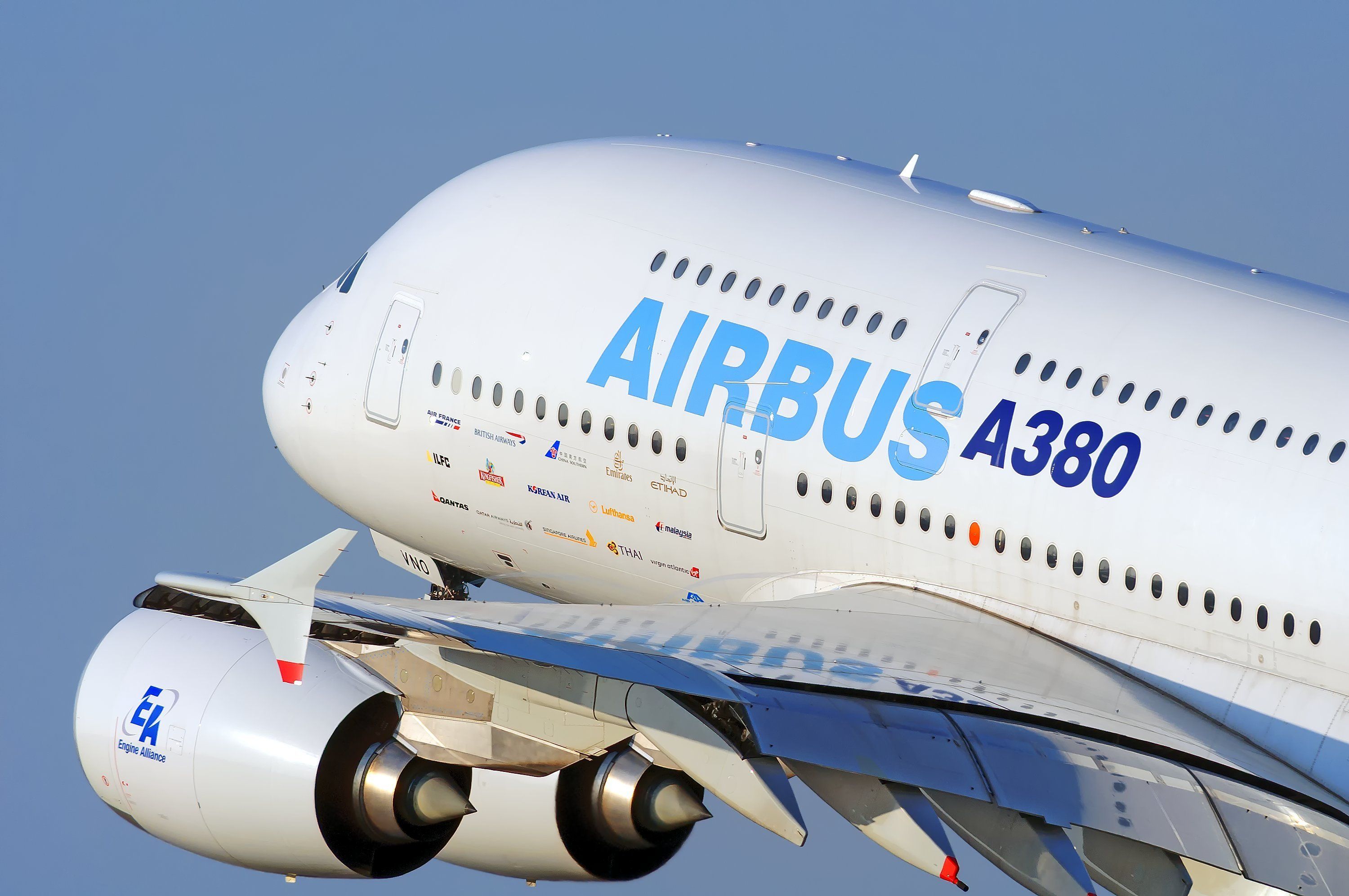
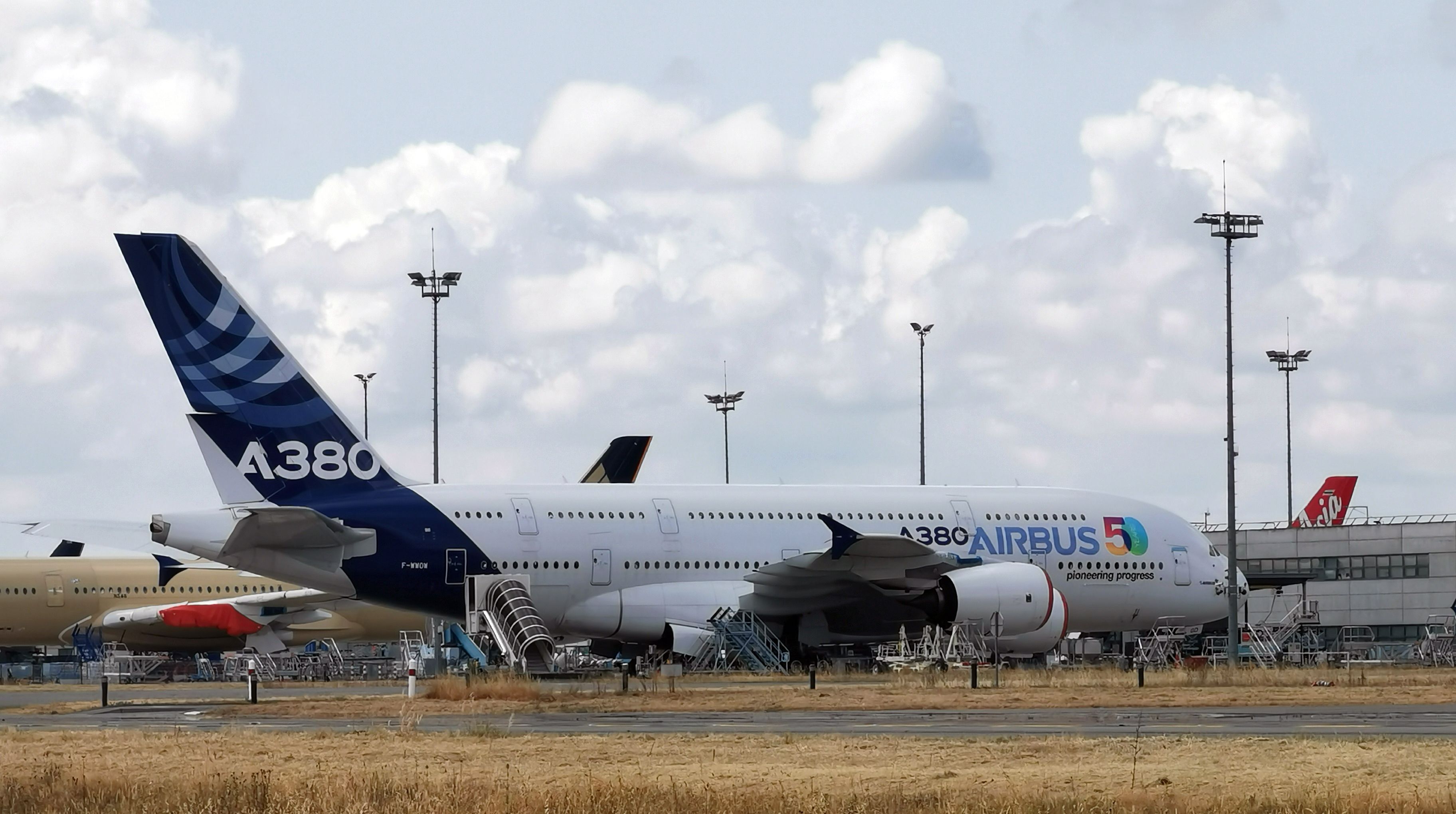
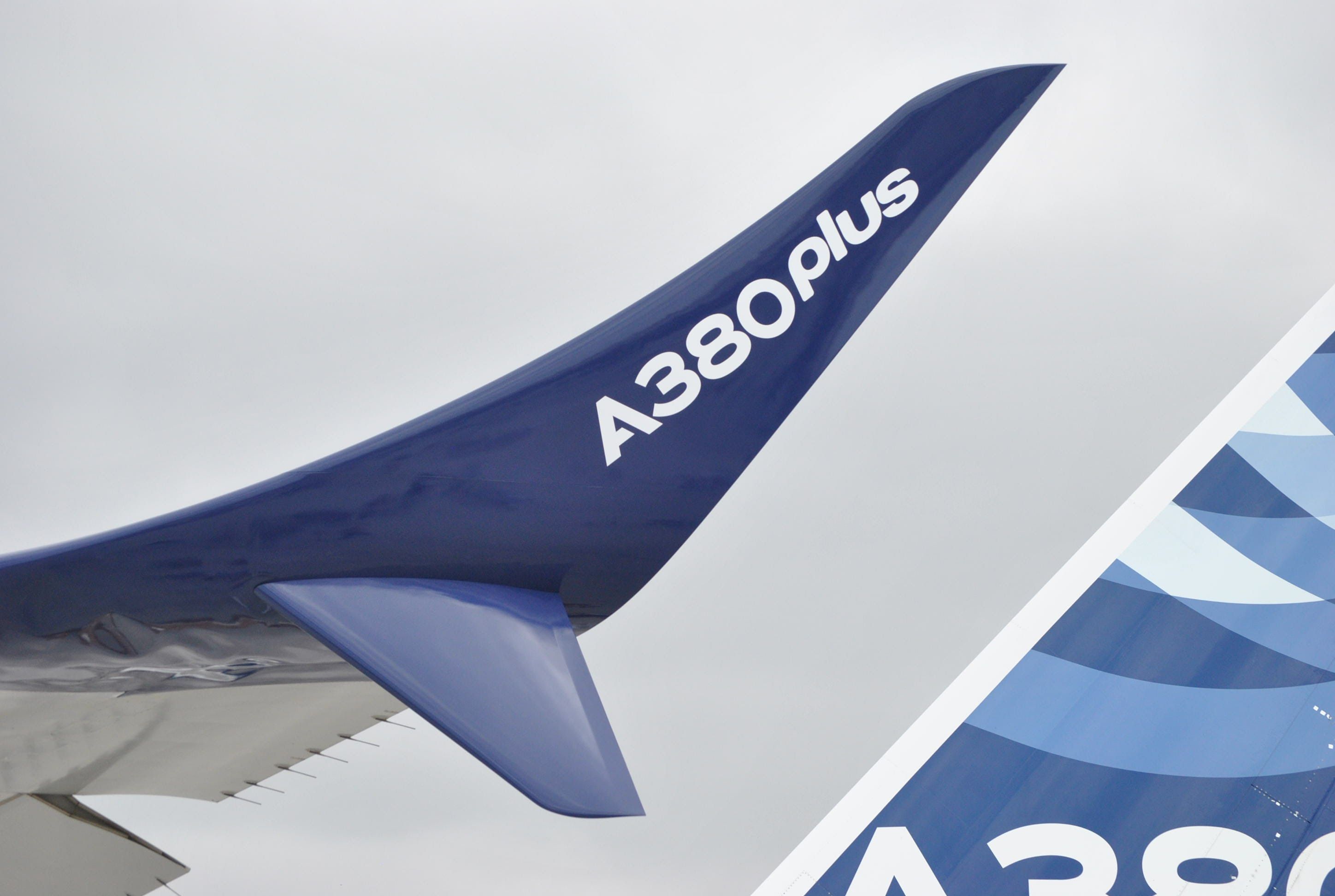
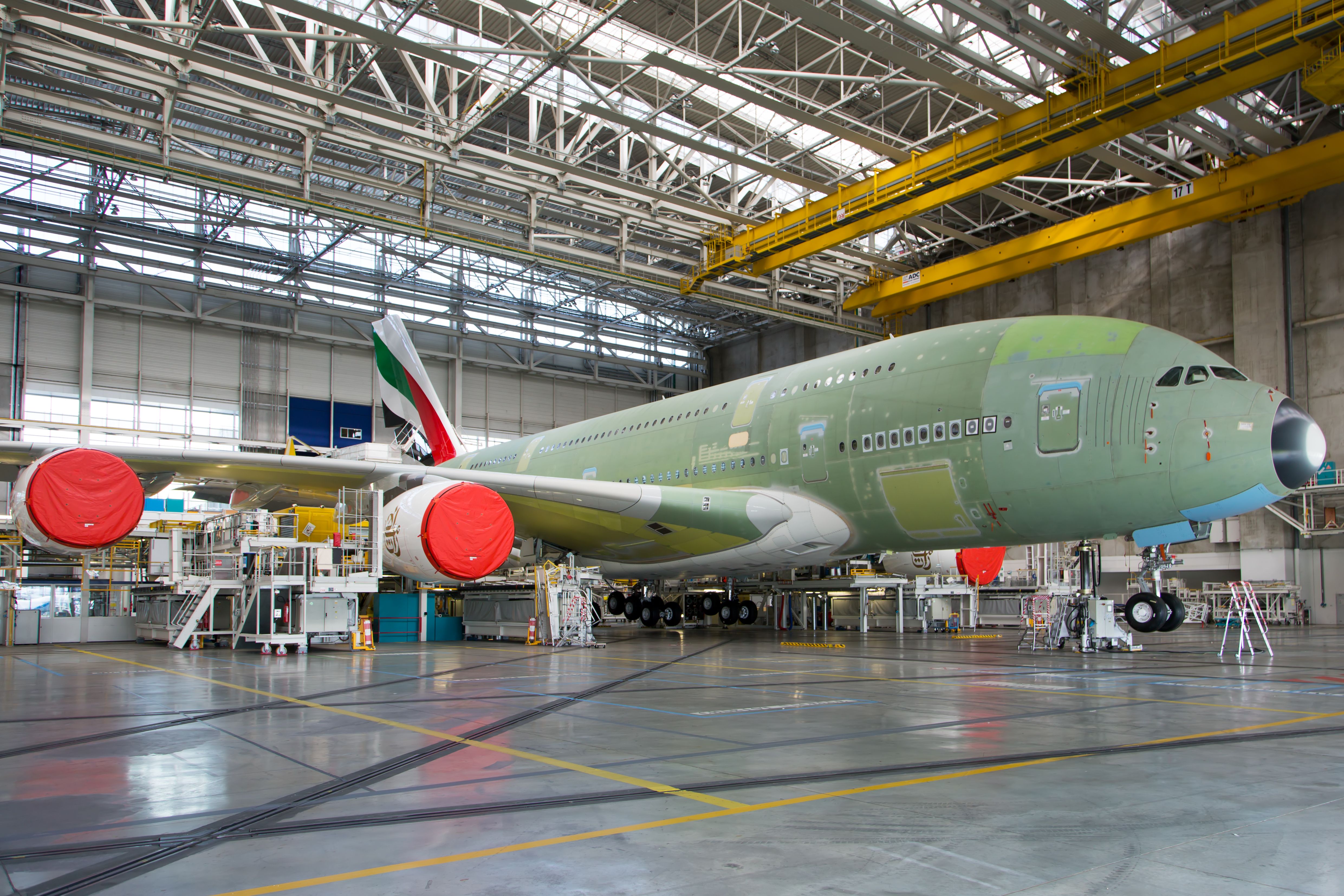
.jpeg)
